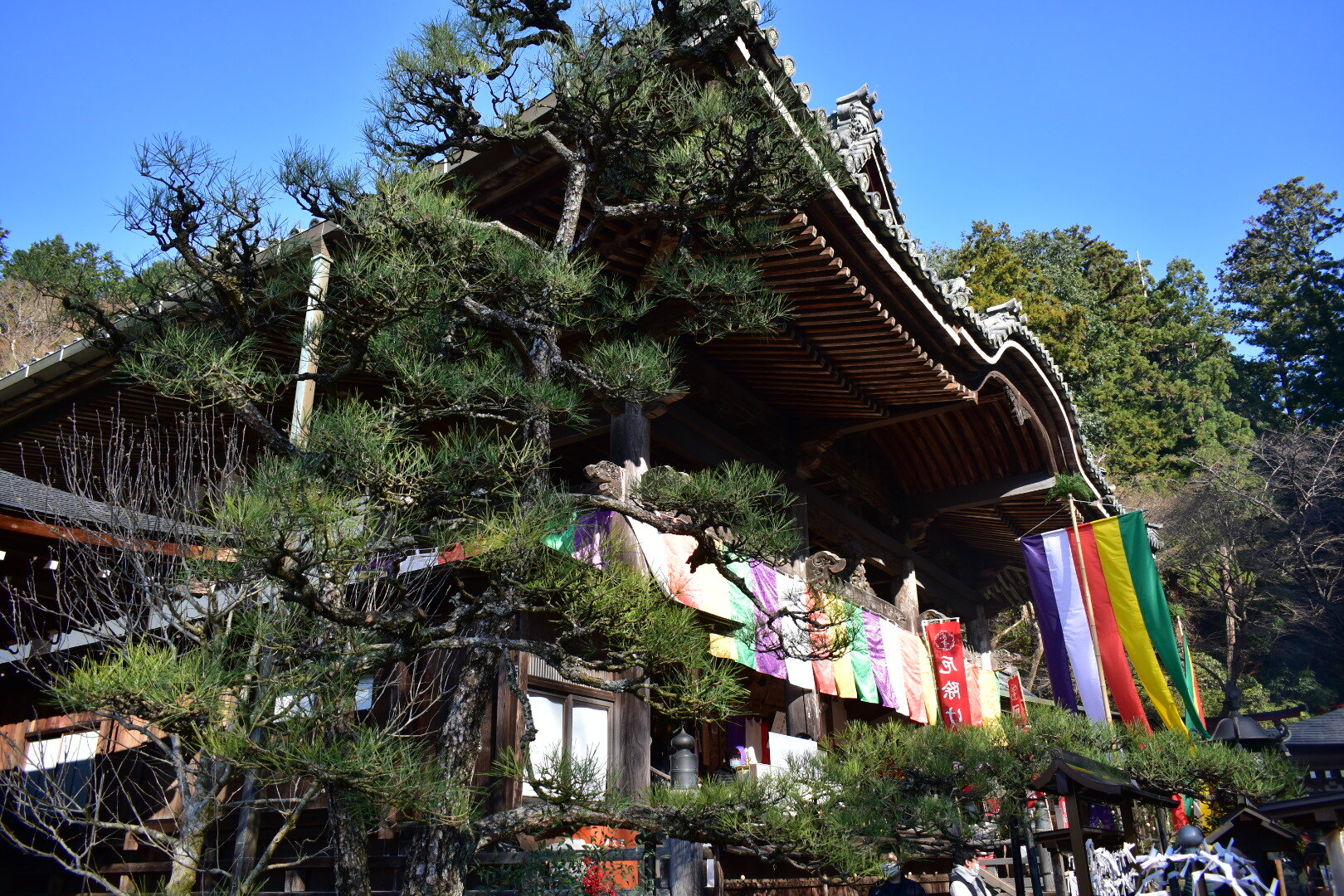Founded in the late 7th century in Nara Prefecture, Hase Dera is one of the premier temples devoted to Kannon, the Bodisattva of Compassion. It is a temple devoted to the Shingon sect of Buddhism and is the head temple to the Bunzan school of Shingon. It is home to one of the largest wooden Buddhist statues in Japan, a 12 meter tall (about 40 feet) statue of Kannon. Legend has it that a monk came across an exceptionally large tree in the woods and had enough wood not only to make the venerated statue at Hase-dera in Nara, but had enough to carve a second statue wich was tossed into the sea with a prayer for it to resurface where it was needed most. After 15 years, it washed up in Kanagawa Prefecture, just south of Tokyo. A temple, also named Hase-dera, was constructed in the city of Kamakura to house the statue where it resides today.
For the casual: 7. For the educated: 9.
I love this temple. Ok, now I feel even better. Hase-dera is temple eye candy for anyone interested in the concept of a hidden beauty. Not too far of a train ride from Abe Monjuin in the city of Sakurai, Hase-dera is a bit of a different beast. For one, it has grandeur. Hase-dera has a full build up as you walk from the station over to the temple. From the station, visitors climb down the fights of stairs through traditonal housing until the creek. From there you follow the creek upstream into a maze of very old town houses and stores that fill your senses with fresh baked treats, incense, and ceremonial trinkets. Before long, you can see the base of the temple and that’s when the beauty of it all finally begins to sink in. Unlike most temples or sites of worship, Hase-dera is not on one level of elevation, rather the entirety of the temple, apart from the main gate, is stretched up and across the hillside, connected only by a series of covered stairways which resemble a great tree with its branches baring the fruit of beautiful temple halls.
Trust me when I say I could go on and on about how visually striking this temple is. But that’s also the thing, the architecture of this temple isn’t anything particularly special or extraordinary, rather it’s all about how the temple moves through the mountainous terrain and embraces its surroundings to become something even more. The view from the main hall’s balcony alone warrants the trip into this countryside town. For greater visual stimulation, please consider visiting in autumn or spring for the cherry blossoms or the changing of colors.
I’ll leave you with this story from the time I was there. I was at Hase-dera just following New Years and the weather was perfect. The air was cold and crisp, the sky was crystal clear, and the smell of wood and incense was intoxicating. I was with my best friend and we were both going on and on about how this temple and its sister temple in Kamakura were able to use elevation to enhance the complex and its deity beyond conventional temple design to elicit a stronger spiritual sense. As we decended the steps to the town below, a perfect light mist of snow began to fall desipite the fairly clear skies above. It was like a moment from a dream or a story which defines a moment of serene bliss. I have been counting the days until I can go back.









